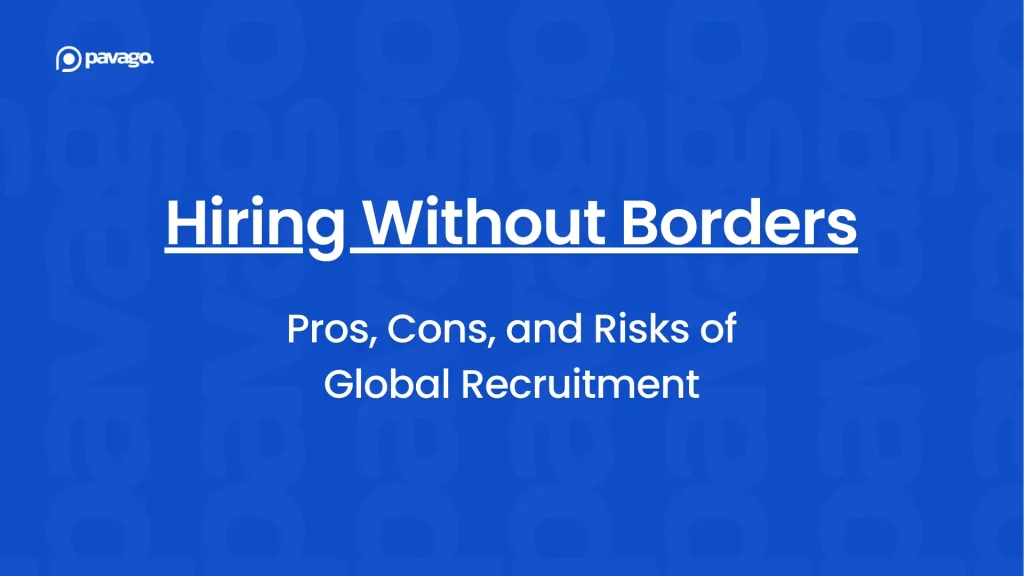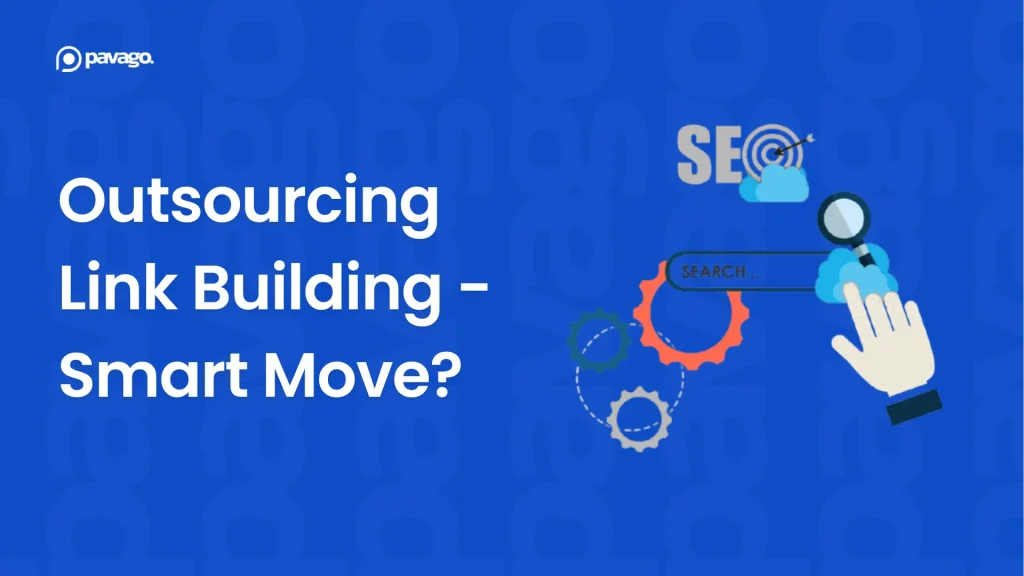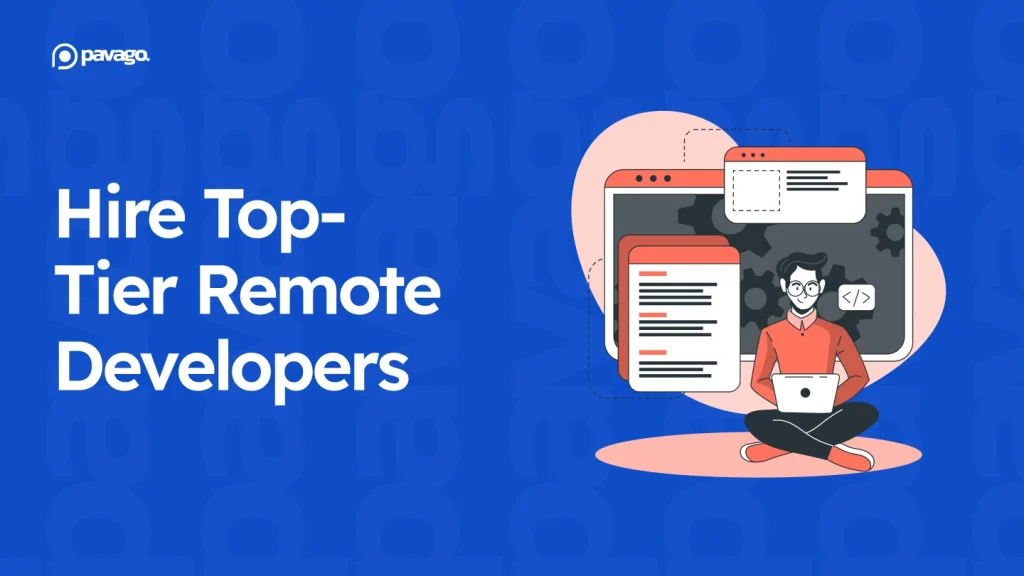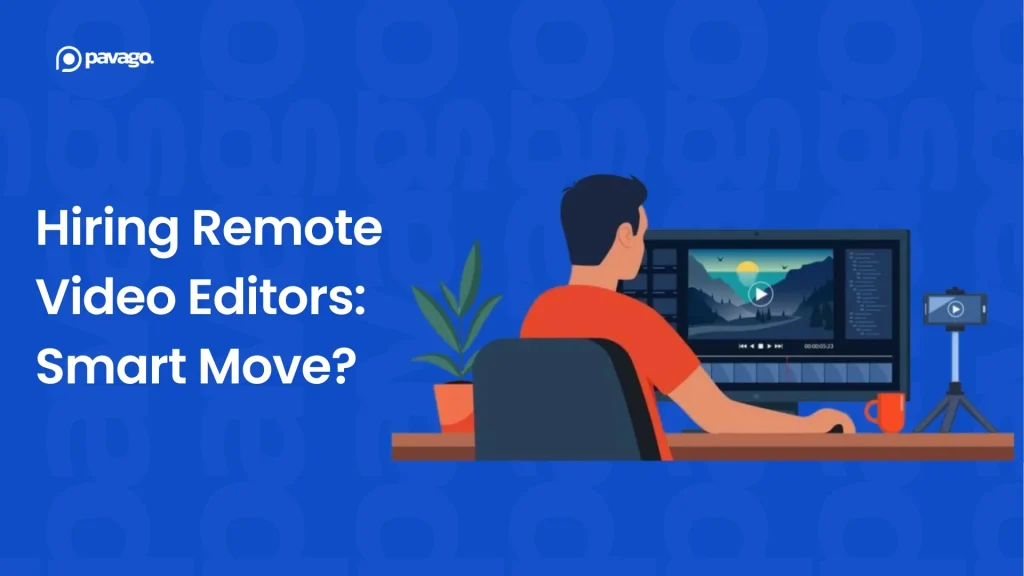Hiring is one of the most expensive (and stressful) parts of running a business. Between job ads, recruiter retainers, HR overhead, and the cost of turnover, recruitment can eat into budgets faster than almost anything else.
And for small and mid-sized businesses, those costs hit even harder. Many founders end up asking the same question: How do I decrease recruitment costs without lowering the quality of the people I hire?
The good news: it’s possible. You don’t need to settle for weaker candidates to decrease your recruitment cost; you just need to change how you approach hiring.
That’s exactly why Pavago exists. We help businesses cut recruitment costs by up to 70% – delivering top 1% global talent at predictable rates.
Instead of paying 25–35% recruiter fees or inflating salaries, you get a streamlined way to hire A-players without the overhead.
Why Recruitment Costs Add Up
Before we get into solutions, it’s worth looking at where the money goes.
- Job board postings and ads – Paying LinkedIn, Indeed, or niche platforms for visibility.
- Recruiter retainers – Traditional agencies charge 20–35% of a candidate’s first-year salary just to make an introduction.
- Internal HR time – Screening, interviewing, and managing candidates takes hours away from other work.
- Onboarding and training – Getting a new hire up to speed is an investment of both time and money.
- Turnover costs – A bad hire often costs 30–50% of their annual salary when you factor in lost productivity and the cost of starting over.
When you add it all up, the “real” cost of a single hire is much higher than most founders expect.

How to Calculate Your Recruitment Costs
Most business owners underestimate what it really costs to make a hire. It’s not just the salary – it’s everything that happens before and after the contract is signed.
A simple way to calculate your cost per hire is:
Recruitment Cost = (Advertising + Recruiter Fees + Internal HR Time + Onboarding Costs + Training Costs + Lost Productivity) ÷ Number of Hires
Let’s break that down:
- Advertising & Job Boards: Posting on LinkedIn, Indeed, or niche platforms.
- Recruiter Fees: Agencies often charge 20–35% of a candidate’s first-year salary.
- Internal HR Time: Hours your team spends screening, interviewing, and negotiating offers.
- Onboarding Costs: Time spent setting up systems, accounts, and training new hires.
- Training & Ramp-Up: It usually takes 3–6 months before a new hire reaches full productivity.
- Turnover Costs: If a hire doesn’t work out, you repeat the entire process.
For many SMBs, the real cost of hiring is 30–50% higher than you’d think. That’s why Pavago is such a game-changer: no recruiter fees, lower risk of bad hires, and access to offshore A-players at 50–70% less than U.S. salaries.
5 Ways to Decrease Recruitment Costs in 2025
Here are five practical strategies to cut your hiring spend without lowering your standards.
1. Streamline Your Hiring Process
Drawn-out interview processes don’t just waste time; they also cost money. Every extra week adds to overhead. Instead, create a clear structure:
- Define the role and success metrics before posting.
- Use structured interviews with consistent questions.
- Limit decision-making loops to the stakeholders who matter most.
A faster, more focused process means less wasted time and better candidate experiences.
2. Leverage Referrals and Networks
Some of the best hires come from people you already know. Encourage referrals from your current employees, partners, or even customers. These candidates often:
- Fit your culture better.
- Require less screening.
- Stay longer because they come recommended by someone they trust.
And the cost? Practically zero, aside from a referral bonus.
3. Invest in Retention
The cheapest hire is the one you don’t have to make again. High turnover is one of the biggest hidden recruitment costs. By focusing on employee satisfaction – fair pay, clear growth paths, and strong culture – you reduce churn, save thousands in replacement costs, and ultimately decrease your recruitment cost.
4. Use Technology and Automation
Applicant tracking systems, scheduling tools, and skills assessments can save HR teams dozens of hours per hire. For SMBs, this can mean:
- Less time wasted on manual admin.
- Faster filtering of unqualified candidates.
- A smoother, more professional experience for applicants.
5. Expand Your Talent Pool Globally
This is the single biggest lever most SMBs overlook. Hiring offshore talent can reduce salary costs by 50–70% while giving you access to highly skilled professionals. Instead of paying $7K–$8K per month for a U.S.-based sales rep, you could hire an offshore A-player for $1.5K–$3K per month.
It’s not just about salaries, either – you also save on recruiter fees, payroll compliance, and the high cost of turnover.
Offshore Hiring: The Biggest Cost Saver
For most businesses, hiring offshore employees is where real opportunities to decrease recruitment costs come in. Markets like Pakistan, South Africa, and LATAM are filled with talented professionals who bring the same skills as U.S. hires, but at globally competitive rates.
Of course, going global on your own has its risks:
- How do you vet candidates properly?
- How do you manage payroll and contracts?
- What happens if a hire doesn’t work out?
That’s where Pavago comes in.
We take care of all of this – sourcing the top 1% global talent, handling payroll and HR, and backing every hire with a lifetime replacement guarantee.
How Pavago Helps SMBs Decrease Recruitment Costs
At Pavago, we built our model specifically to help SMBs decrease recruitment costs while still hiring A-player international employees.
- Flat membership pricing – $500/year unlocks unlimited placements.
- Predictable support fee – $329/month per hire covers payroll, contracts, HR, and compliance.
- No recruiter fees – Forget paying 25–35% of a salary upfront.
- Lifetime replacement guarantee – If someone doesn’t work out, we replace them at no cost.
- Top 1% global talent – Vetted and technically interviewed, so you don’t waste time on bad fits.
The result? You save thousands per hire, and you scale faster without sacrificing quality
Cost Comparison: Traditional Recruiting vs Pavago
Here’s how Pavago stacks up against traditional options:
| Method | Pros | Cons |
|---|---|---|
| Traditional Recruiters | Access to networks | Expensive, no guarantees |
| In-House HR | Full control | High overhead, slower to hire |
| Pavago | Unlimited placements, payroll/HR handled, lifetime replacement | Requires onboarding, but vetted A-players only |
Conclusion
Recruitment costs add up quickly when you factor in job ads, recruiter fees, HR overhead, and turnover. But the solution isn’t cutting corners; it’s rethinking how you hire.
Streamline your process, keep your best employees, and use technology to save time to decrease recruitment costs. And when you’re ready to unlock the biggest savings, look offshore.
With Pavago, you get the best of both worlds: top 1% global talent, unlimited placements, and full HR support at a fraction of the cost of traditional hiring.
Ready to cut your recruitment costs? Book a discovery call and see how Pavago can save you up to 70% on hiring.
















